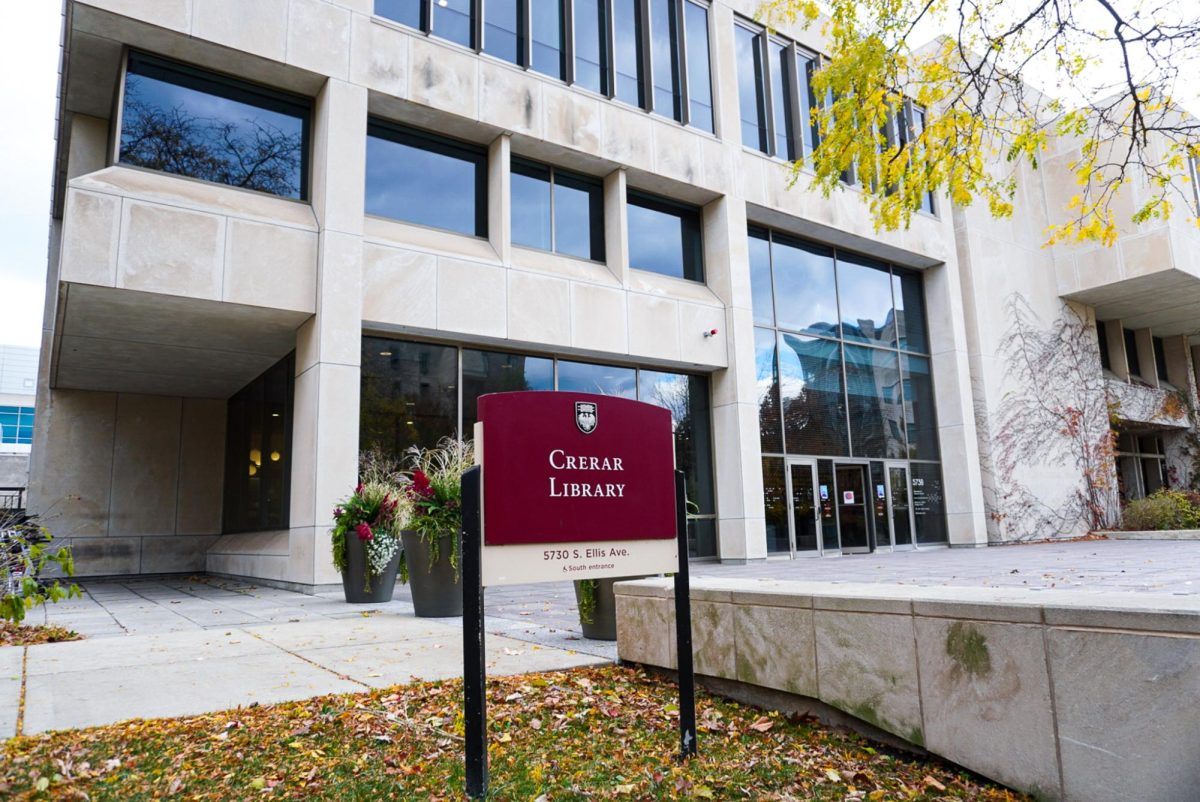Last October, Senator Chuck Grassley (R–IA) decided to get on the high horse of populism, proposing a bill that would force universities to spend more of their swelling endowments. Basically, his proposal would require colleges with endowments greater than $500 million to spend at least 5 percent of their endowment every year.
While Grassley’s legislation is about as brainless as it gets, it has clearly scared the top dogs. Just two months after his proposal, Harvard unveiled a revamped financial-aid program. It was hailed by The New York Times as a boon for the middle class; Yale and Penn soon followed suit.
The problem, however, is that if you actually look at the numbers, it’s hard to interpret this sort of move as progress for anyone in the middle class. The Harvard proposal sets tuition at $12,000 for families making between $120,000 and $180,000 a year, and Yale’s plan extends to families earning $200,000 a year. This range isn’t even close to the “middle” of the income distribution in the United States.
In 2006, the median household income in the US was $48,201. Data on annual income distribution from 2005 indicate that only 15.73 percent of households make more than $100,000, and only 5.84 percent pull in more than $150,000. There’s a popular belief that anyone who isn’t hyper-rich or wasn’t born into wealth is in the middle class, but that’s hardly the basis by which institutions should be providing discounts.
To be fair, Harvard has long been a leader in making college more affordable. In 2006, then-President Larry Summers made a Harvard education free for anyone whose parents earn less than $60,000 a year.
But affordability is different from accessibility. There is a growing concern that top colleges are only accessible to the children of high-earning families—and rightly so. Of the top 30 ranked universities, 27 saw a decrease in the percentage of low-income students from 2004 to 2006.
Increasingly, gaining admission to a top school requires SAT prep courses, expensive college advisers, and private school education (or a well funded public school education). Harvard’s move only enhances this idea.
I’ll concede that this policy change will be great for Harvard. I’m sure the school loses fantastic students who choose to go to lower-ranked schools that offer more generous financial aid packages.
The problem is that not every university has a $35-billion endowment, as Harvard does. Other colleges are now going to feel the pressure to offer the same sort of breaks for students in the upper echelons of the income distribution, but most can’t simply dip into their endowments.
To keep up with Harvard and Yale, other schools are going to have to give less aid to the students who really need it: poor ones. For your average college, it makes a lot more sense to get some money from well-off students than it does to give a free education to a student from a poor family.
For all the rhetoric that top colleges put out about equality (think of Harvard’s justification for getting rid of its early admissions program last year), it is hard to take them seriously when they act so selfishly.
Harvard might want to maintain its grip on high-school valedictorians, but while Harvard and Yale fight over pointless admissions statistics, they are changing the landscape of the admissions game. This time, it is definitely for the worse.
Alec Brandon is a fourth-year in the College majoring in economics. His column appears on alternate Tuesdays.






